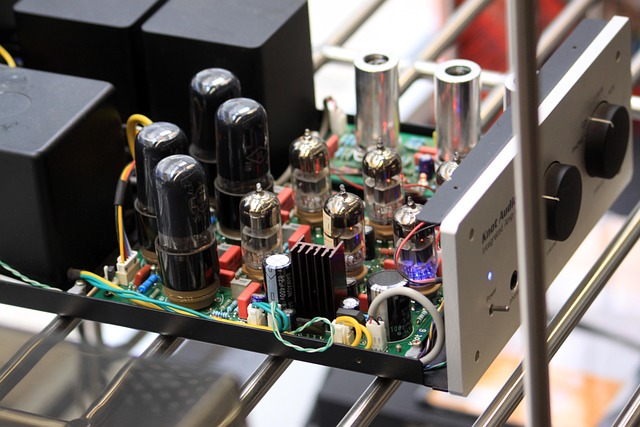A capacitor is an essential device in electrical circuits used to store electric charge and energy. Among different types, the parallel plate capacitor is the simplest and most widely studied. Its capacitance normally depends on the area of the plates, the separation between them, and the medium (dielectric) between the plates.

Capacitance of a Parallel Plate Capacitor with a Conducting Slab
However, an interesting case arises when a conducting slab is inserted between the plates. This changes the effective separation and hence alters the capacitance of the system.
Basic Formula for a Parallel Plate Capacitor
For a capacitor consisting of two large parallel conducting plates separated by a distance d, filled with vacuum or air (dielectric constant K = 1):
C0 = €0A / d
Where,
C0 = capacitance of the capacitor without slab,
€0 = permittivity of free space (8.85 x 10-12 C2 / N·m2),
A = area of each plate,
d = distance between the plates
Introducing a Conducting Slab
Now, we insert a conducting slab of thickness t between the plates. The slab is placed such that it is parallel to the plates and does not touch them.
A conductor is different from a dielectric.
Inside a conductor, the electric field is zero because free charges in it rearrange to cancel any applied field.
As a result, the potential drop does not occur across the slab itself, but only across the space left between the plates and the slab.
Therefore, although the actual distance between the plates is d, the effective separation where the electric field exists becomes smaller.
Effective Separation between Plates
Suppose the thickness of the conducting slab is t.
Since no electric field exists inside the conductor, it behaves as though the plates are closer to each other by the same thickness t.
Therefore, the effective separation between the plates is:
deff = d – t
Capacitance with the Conducting Slab
Now the formula for capacitance becomes:
C = €0A / d – t
This shows that the capacitance increases because the effective separation decreases.
Capacitance of a Parallel Plate Capacitor with a Conducting Slab
Physical Explanation
When the conducting slab is introduced, charges on the capacitor plates induce equal and opposite charges on the faces of the conductor.
These induced charges create an electric field that cancels the field inside the conductor.
As a result, only the gaps between the conductor and the plates contribute to the potential difference.
Hence, the system behaves like a parallel plate capacitor of reduced distance (d – t).
Important Points to Note
Capacitance increases on inserting a conducting slab because
d – t < d.
If the thickness of the slab equals the separation (t = d), then
d – t = 0. In this case, the plates are effectively short-circuited, and the capacitance tends to infinity.
Unlike a dielectric, which changes the effective permittivity, a conductor directly reduces the effective plate separation.
Comparison: Dielectric vs Conducting Slab
Dielectric Slab: Increases capacitance by a factor of dielectric constant K, i.e.,
C = K €0A / d
It allows an electric field inside but weaker by 1/K.
Conducting Slab: Increases capacitance by reducing the effective separation to d – t, i.e., C = €0 A / d – t
It completely cancels the field inside and does not permit any potential drop.
Graphical Understanding
If we plot capacitance against thickness t of the conducting slab:
At t = 0, capacitance = €0A / d.
As t increases, capacitance rises.
At t = d, capacitance tends to infinity (theoretical case).
Therefore, the graph is a hyperbolic curve approaching infinity.
Applications and Significance
High Capacitance Devices: Conducting slabs or foils are often used in capacitors to increase capacitance without changing plate area.
Miniaturization: In electronic circuits, this method helps reduce size while keeping capacitance high.
